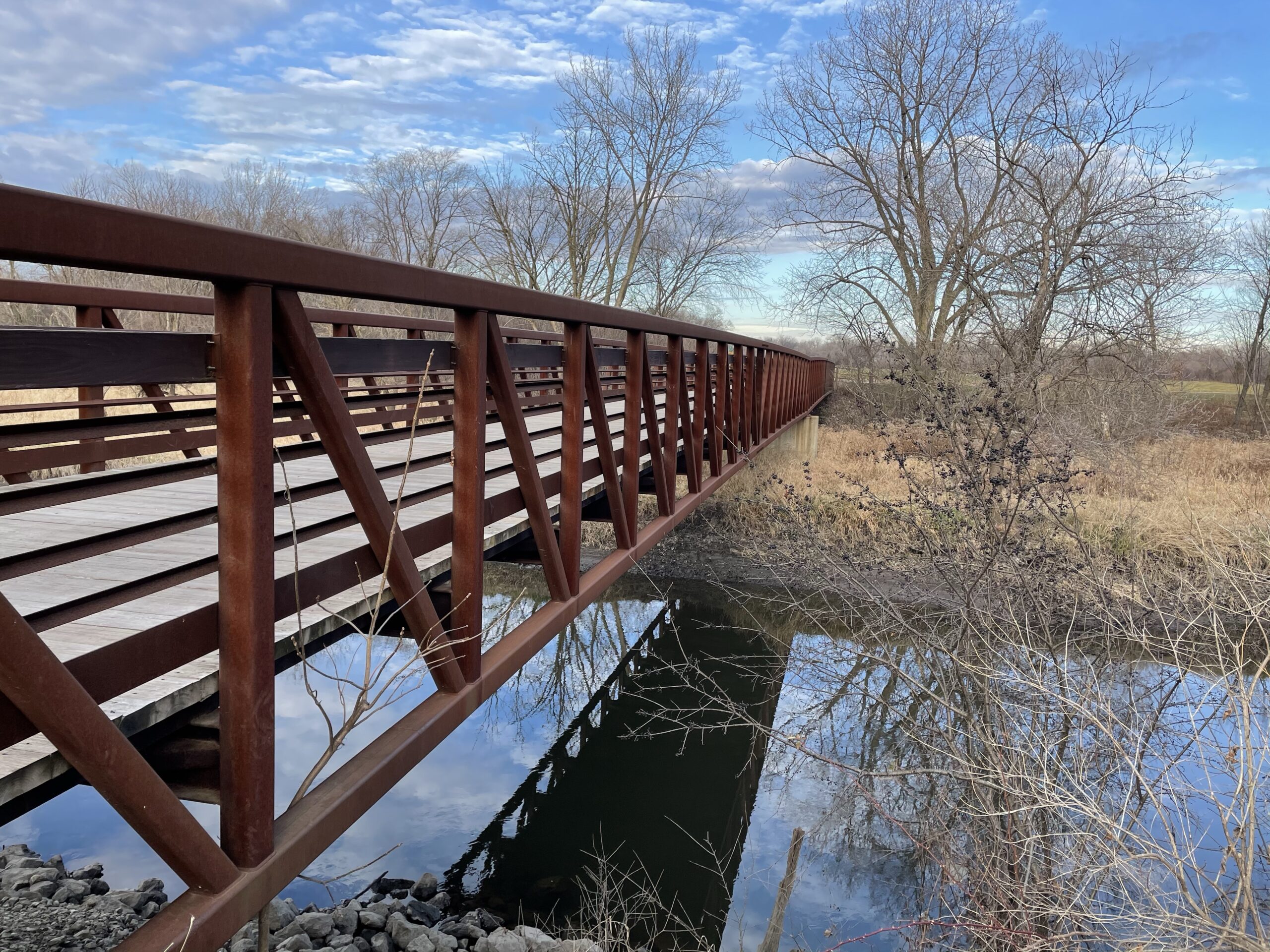Whenever you feel like you are relaxed in your training, relax even more!
Many times, we can feel like we are relaxed in our technique but in reality, we are recruiting a lot of muscles in order to create power. While, yes, this power might be there, it will not be efficient power. You will get tired a lot quicker, you will be slower and definitely not as fluid. Chances are that in doing so, you will miss some nuances in certain techniques. This applies to all martial arts in their own ways, but today, I will present a drill that will help those that practice traditional styles similar to Karate, Tang Soo Do or Tae Kwon Do.
There are different opinions on doing drills to teach technique that make the technique deviate from how it is supposed to be executed for the sake of making it easier to learn. This can create bad habits down the line. Many years ago, I was away from my dojang one weekend, and one of my students that I left in charge taught everyone to touch their foot to their knee on the chamber for a side kick before the kick. Sure, this made sure that the students were getting the chamber correct and not doing that roundhouse-side kick conglomeration that a lot of beginning students have, but it cost my students a lot of momentum and fluidity on their kicks that took a while to correct.
This drill I am sharing today, however, does not interfere with the form of the technique but in the control of the muscles executing the technique.
One class, I had my students go to do their forms, but with one caveat. I told them to leave their fists slightly loose while going through the form and rely solely on momentum to deliver the power for their technique. Whenever there was a kick, I simply told them to fling the kick as loose as possible without too much focus on their form or power. In doing this, they were able to have much more fluidity in their technique and in reality, they did not sacrifice any power despite not applying as much muscle. Then I told them the importance of what Korean styles call Shin Chook, control of relaxation and tension: staying relaxed throughout the entirety of the technique, tensing for one millisecond at the point of impact and then returning to the relaxed state. Now I have preached this to them many times, but it was only realized in my students when I had them over correct and then fine tune to the happy balance. They had to learn what it was like to be totally relaxed in order to control relaxation and tension: two very contrasting things.
Many times in life, we may need to overcorrect simply to experience contrast to how we currently do things. We may go on a very strict diet to create discipline, but in this newfound discipline we can have cheat meals knowing that we won’t lose control. We can go for a period of not watching TV to overcome unhealthy binge watching to come back and watch an hour of TV when we have control of our watching habits. Go control the contrasting parts of your lives in and out of the martial arts. In finding the balance you will find joy in your technique and daily habits.




